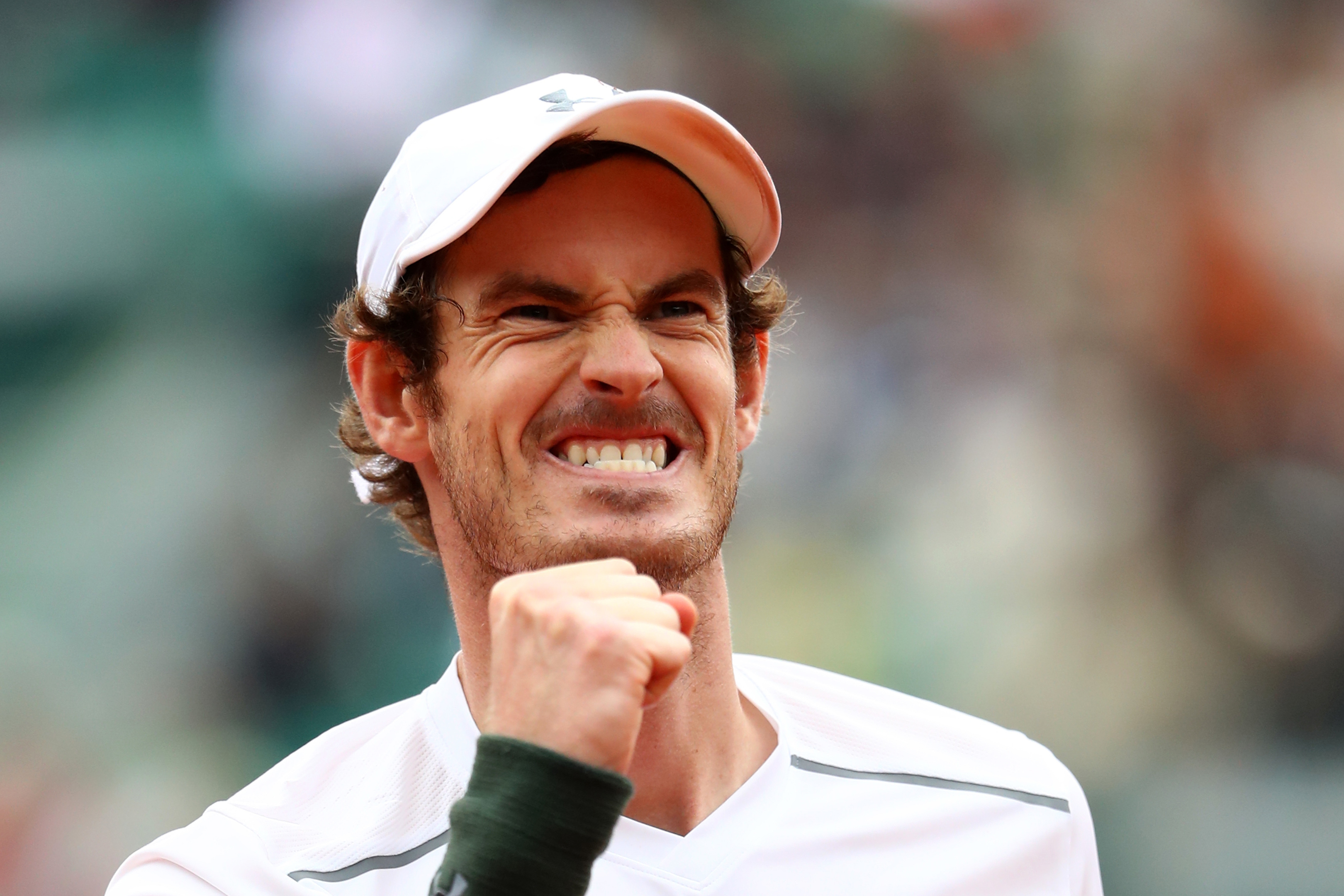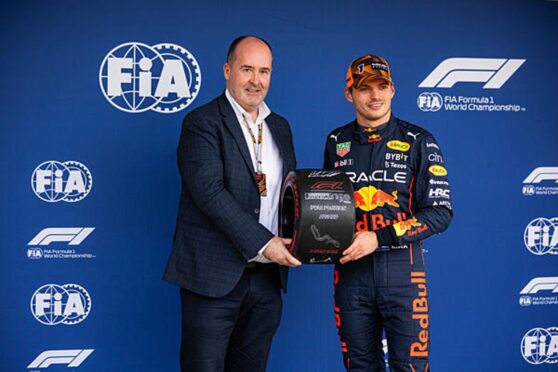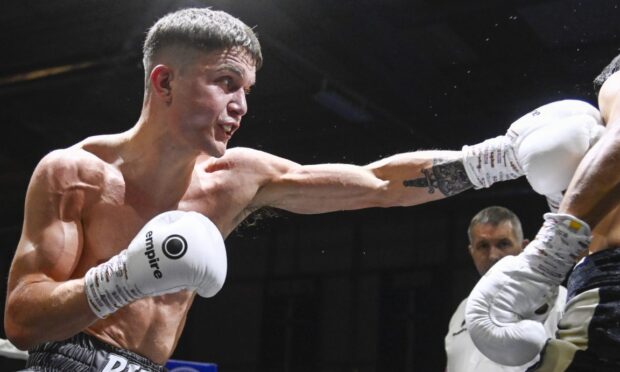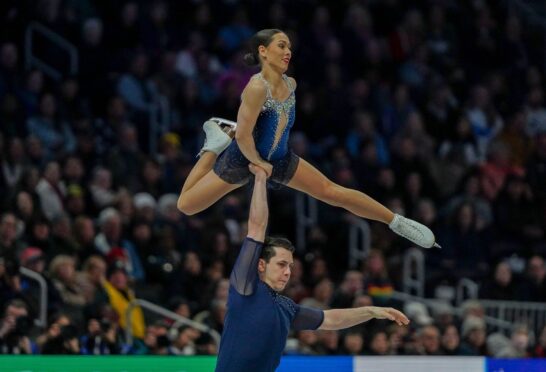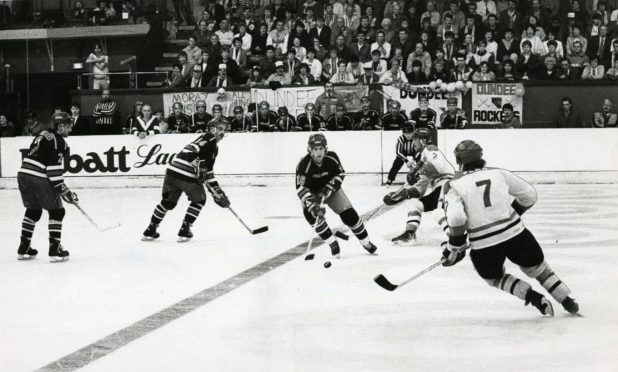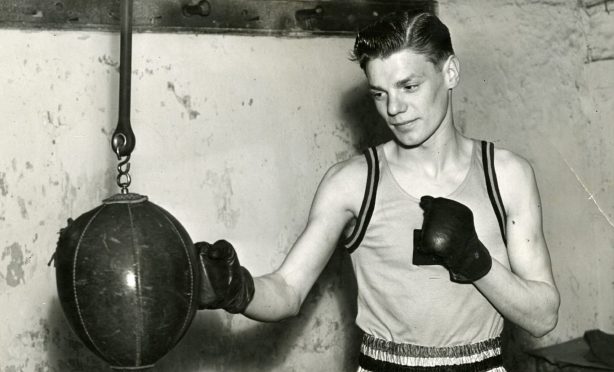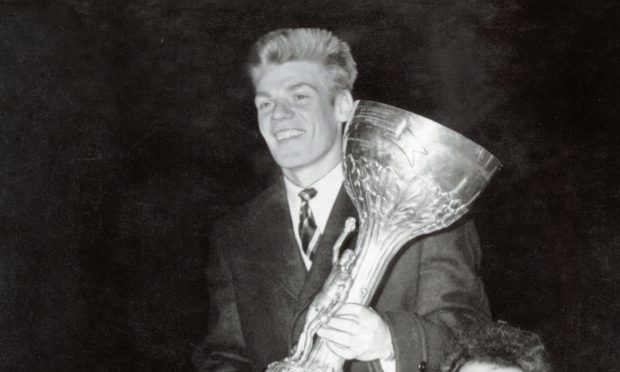Andy Murray dug himself out of another hole at Roland Garros to defeat Richard Gasquet and reach his fourth French Open semi-final.
There the world number two will face his biggest test yet against defending champion Stan Wawrinka as he bids to make the final for the first time.
If he is to do so and complete his set of slam finals, he surely cannot afford the same dips that nearly resulted in him being two sets down to Frenchman
Gasquet despite having led 5-2 in both.
But, for the umpteenth time in his career, Murray came good just at the right time and ran away with the match in the third and fourth sets to win 5-7 7-6 (7/3) 6-0 6-2 after three hours and 23 minutes.
Having been taken to five sets in his opening two matches by Radek Stepanek and Mathias Bourgue, Murray now stands on the brink of history.
The Scot said: “There was some great tennis, some fun points to watch, a lot of drop shots. Both of us had our chances in the first two sets and it was a very important for me to win the second set.
“It was a very physical match and it would have been tough for me to come back.”
Murray added of Wawrinka: “He’s obviously played great tennis here in the last couple of years. It’s going to be extremely tough. Hopefully I can play my best tennis and try and reach my first final here.”
Murray had plenty of reason to be confident, and not just because of the level of his play in his fourth-round win over John Isner.
The 29-year-old had won all four of his previous grand slam matches against Gasquet, including twice here, and has a phenomenal record against both Frenchmen and home players at slams.
Murray’s only loss against a home player came 10 years ago at Roland Garros against Gael Monfils, while it is eight years and now 27 matches since he was beaten by a French player at one of the majors.
The Scot had expected a red-hot atmosphere, with Gasquet, once the great hope of French tennis, having finally made a quarter-final here at the 13th attempt.
But instead Court Philippe Chatrier was barely a third full when the players walked out, which perhaps contributed to Gasquet’s slow start.
It was not great either for Murray, who plays his best tennis when he is fired up, but he eased into a 4-1 lead without really breaking sweat.
As the stands filled up, Gasquet began to find his rhythm, particularly on his stylish single-handed backhand, while Murray’s timing was off and his success with the drop shot sporadic at best.
From 5-2 and serving for the set, Murray lost four straight games and found himself needing to break to stay in it.
In a wild game, Murray saved three set points, one with a superb forehand pass, but could not take three break points of his own and, on Gasquet’s fourth chance, the Scot netted a backhand.
It was a baffling turn of events, although hardly unprecedented, as Murray had lost the first set in three of their four previous slam meetings.
His eventual success in those matches should have been a source of confidence but Murray was clearly not feeling at ease from the back of the court and kept turning to the drop shot, which more often than not was easy pickings for Gasquet.
Remarkably, the set followed the same pattern, with Murray leading 5-2 only to be pegged back. But crucially he held his serve from 0-30 at 5-5 before Gasquet forced a tie-break.
A double fault from Murray left him down 1-3 but he showed immense strength of character once again to win the next six points and level the match – an achievement met with near total silence.
The French crowd has seen this movie many times before. Despite their strength in depth, they have not witnessed a home winner in the men’s singles since Yannick Noah in 1983.
Winning the tie-break restored Murray’s lost confidence in his game and soon it was he who was dictating with his backhand.
Gasquet, a man not known for his mental fortitude, could not stem the tide and Murray raced through the third set without losing a game.
Gasquet gave the crowd something to cheer by saving break points to hold at the start of the fourth but that was just about as good as it got.
